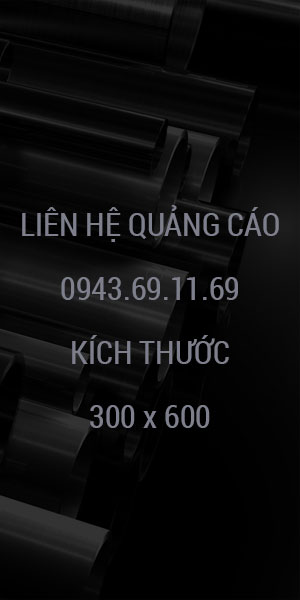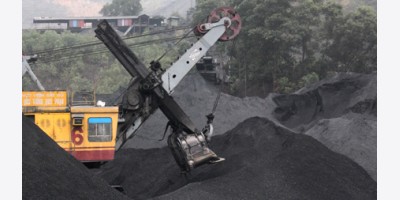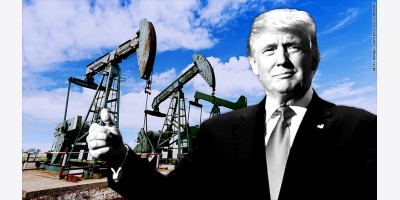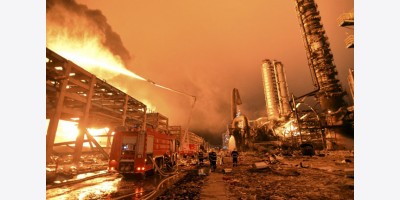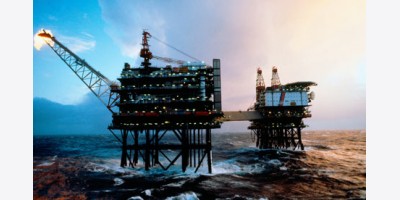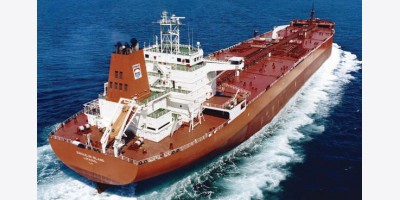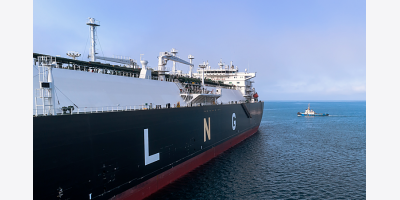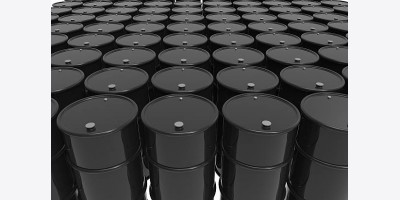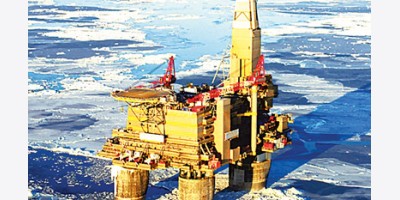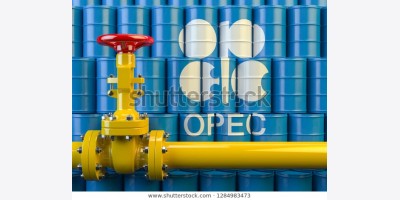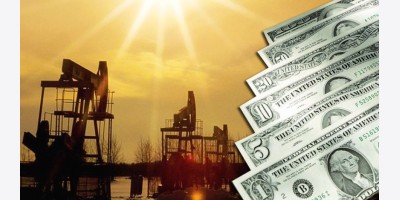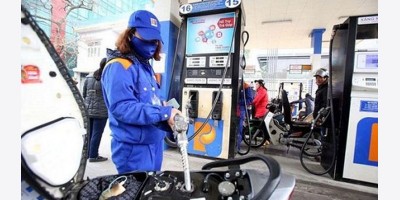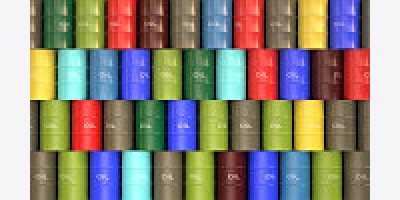James Stafford
What OPEC countries fear most is a follow-up technological revolution that will lead to a second oil boom in the U.S., and that fear is now being realized.
A technological revolution spurred the U.S. oil boom that resulted in the greatest increase in domestic oil production in a century, and while that has stuttered in the face of a major oil price slump and an OPEC campaign to maintain a grip on market share, the American response could be another technological revolution that demonstrates that the first one was merely an impressive embryonic experiment.
It’s not only about shale now—it’s about reviving mature oil fields through advancements in enhanced oil recovery, potentially opening up not only new shale fields, but older fields that have been forgotten.
There are myriad gloom-and-doom stories about what is often alluded to as a short-lived oil boom in the U.S. But what many fail to understand is that revolutions of this nature are phased, with the advent of new technology typically followed by a temporary halt in progress while we study the results and come up with something even better.
What we’re looking at here are advancements in EOR for greater production and cost efficiency that can weather oil price slumps and awaken America’s sleeping giant oil fields. Soon we are likely to see some new players in the field buying up oil assets and putting more advanced EOR technologies to work to re-ignite the revolution.
The shale revolution was stunning, indeed. But there have been setbacks—even beyond the oil price slump that has rendered fracking expensive. Fracking uses a lot of water. According to a recent U.S. Geological Survey study, the process uses up to 9.6 million gallons of water per well and is putting farming and drinking sources at risk in arid states, and especially in major drought-ridden shale-boom venues like Texas.
Phase two of the U.S. oil boom hits at the heart of the inadequacies of the first phase, in a natural progression.
There are two very interesting EOR advancements that have caught our attention in recent months: CO2 EOR and Plasma Pulse Technology (PPT).
CO2, or carbon dioxide EOR, involves injecting CO2 into ageing oil fields to sweep residual oil to the surface. In some cases, it can extend the production life of a field by more than 25 years. The U.S. is fortunate in this regard because it has a large volume of low-cost, naturally occurring CO2 at its disposal; however, in order to be widely employed the infrastructure to deliver it to oil fields has to be in place.
Visiongain estimates that global CO2 EOR spending will be $4.74 billion this year. “This will decline in the short term as low oil prices take their toll on the capital spending programmes of CO2 EOR operators, but is expected to rise rapidly in the next decade.”
Then we have something a bit more futuristic, even though it is already commercially viable—Plasma Pulse Technology, or PPT. This is a patent pending technology that enables the “re-opening” of wells without water, without polluting chemicals and without causing earthquakes. The ”re-opening” side of this equation means that it doesn’t open rock like fracking, rather it comes in afterwards and cleans up well bores to clear the pathway for oil to flow faster and more efficiently to the surface like it once did.
Plasma Pulse Technology (PPT) creates a controlled plasma arc within a vertical well, generating a tremendous amount of heat for a fraction of a second, while the subsequent high-speed hydraulic impulse wave emitted is strong enough to remove any clogged sedimentation from the perforation zone without damaging the steel casing. The series of impulse waves also penetrates deep into the reservoir, which re-opens reservoir permeability for up to a year per treatment.
But to determine what new EOR technology is going to steal the limelight in the coming months and years, we follow the progress of the EOR leaders and the big strategic investors, such as Russian billionaire Roman Abramovich.
The market leader in extracting oil and gas using CO2 enhanced oil recovery processes is Denbury Resources (NYSE:DNR), which many will agree is a company that offers investors long-term value because of its focus on efficiency.
As for Abramovich, he is a metals magnate who also happens to own the Chelsea football club and is the 143rd wealthiest person in the world, worth about $9 billion according to Forbes. He is the main owner of UK-registered Millhouse LLC, a private investment company whose assets have included major stakes in Sibneft, which is now Gazprom Neft. In 2005, Millhouse sold a 72 percent stake in Sibneft to Gazprom for more than $13 billion.
In fact, PPT first caught our eye back in February, when Abramovich—who has a track record of very strategic investments--moved to invest $15 million in a Houston-based company called Propell Technologies Group, Inc. (OTC:PROP). Until Abramovich brought it to the world’s attention, few had probably ever heard of Propell, which has a wholly-owned subsidiary called Novas Energy U.S.A, the licensee and developer of the PPT technology.
The subsidiary licenses the technology from a venture capital-backed Russian energy technology company named Novas Energy, and the Russian connection makes sense here. After all, Plasma Pulse technology has been very successfully employed in both Russian producer and injector wells. More than anything, this Russian connection speaks volumes about the efficiency of this advanced EOR technology: Russia doesn’t have draconian fracking regulations pressuring companies to use environmentally friendly technology. What this means is that it’s cost effective; otherwise Russians wouldn’t be using it.
Beyond the technology itself, if we follow Abramovich further we get a glimpse of what’s about to happen on the U.S. EOR scene. In February, Abramovich took a stake with Propell, which was made through a Cyprus-registered company called Ervington Investments Limited. The February deal saw Propell raise $5 million from the sale of 1,525,424 shares of a preferred stock at $3.28 per share. The deal also gave Ervington the option to invest an additional $9.75 million, under the same terms, which it took advantage of on July 6. This Abramovich investment will be used to acquire oilfields with the overall aim to employ the new technology to increase output.
You have to read between the lines here. Abramovich doesn’t do anything small. He’ll get the infrastructure in place and then look to acquire a significant position in the U.S. oil sector at today’s fire sale prices to employ this EOR technology.
If OPEC keeps oil prices below $100 for some time to come, the smart investor will be looking for something that captures long-term value, which means focusing on operational efficiency.
So while many might assume that EOR is now too expensive to be supported during an oil price slump, a little counter-intuition tells us that this will change in the immediate future and investors will start looking at companies who are actually behind this new technology or the companies who are focusing on using this new technology--whether it be CO2 EOR or PPT--to get more out of their oilfields.
Over the long-term EOR makes production cheaper. And as Chesapeake Energy’s (NYSE:CHK) Jason Pigott succinctly put it: “We can’t control prices, so we have to focus on how much it costs to get it out of the ground.”
When low oil prices close doors, technology steps in to reopen them, and certainly innovation will drive the next U.S. oil boom—and the latest advancements are already commercially viable. The door has been re-opened.
What OPEC knows is this: The U.S. has over 21 billion barrels of oil that could be economically recovered with today’s EOR technologies. And according to figures from the U.S. Department of Energy and the Western Governors Association (WGA), further advances in this technology could cause that figure to double.
By James Stafford of Oilprice.com



